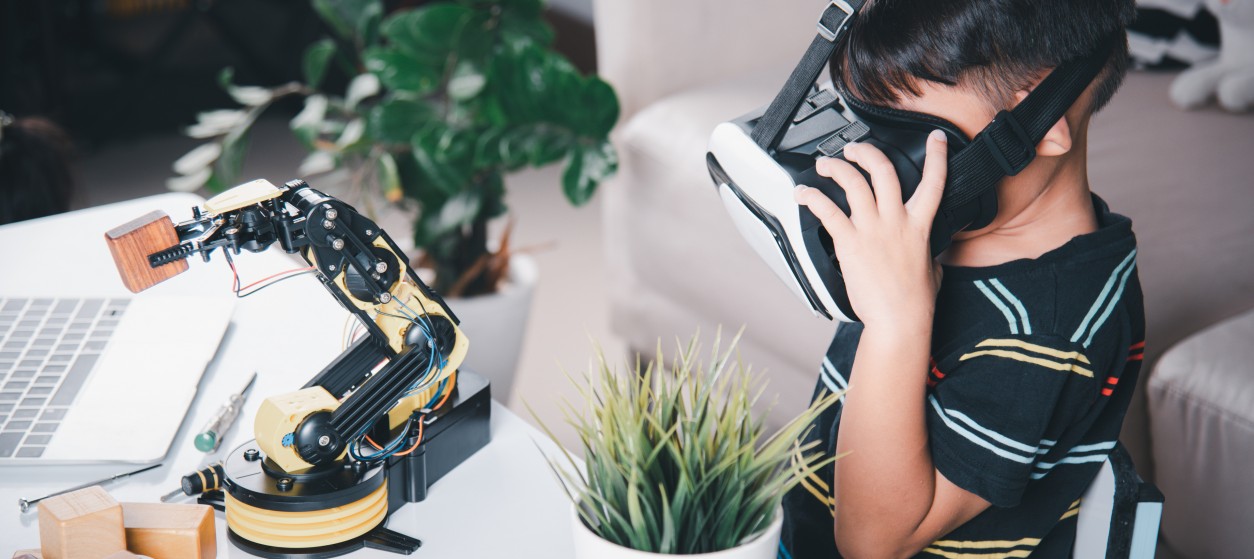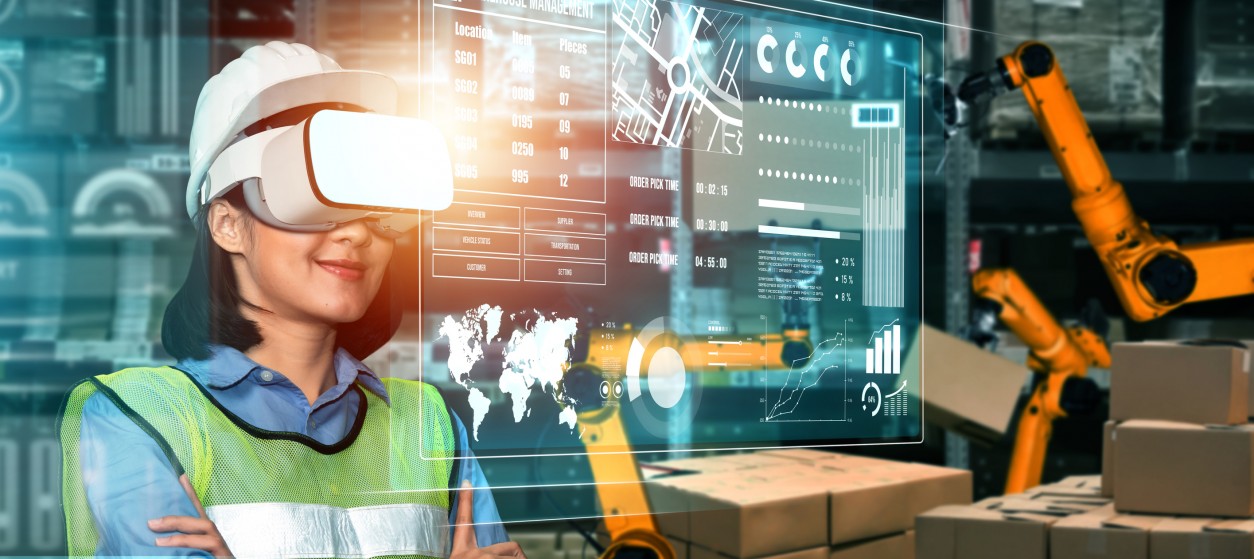Two months ago, Facebook’s founder Mark Zuckerberg presented the Metaverse as the next evolutionary step of the internet. In short, Metaverse Technology will allow users to create and participate in realistic, immersive, online experiences such as discussions, meetings, games, collaborative activities, and events, without time or space constraints. Specifically, users will be able to augment remote realities with their cyber representations (e.g., avatars) forming new forms of extended reality (XR) that will mix virtual and real worlds. The above-listed immersive experiences will include both users who will participate physically and users who will participate virtually in Mixed Reality, Augmented Reality and Virtual Reality settings. In a Metaverse setting, virtual users will be able to interact remotely with the physical world. For instance, they will be able to draw on a piece of paper, roll some dice, or even control a white appliance. In this way, human experiences will no be longer limited by time or space boundaries. At the same time, the boundaries of the physical and virtual worlds will become indistinguishable.
Early Instances of the Metaverse
To many readers, the Metaverse concept may sound like science fiction. Nevertheless, the seamless mixing of virtual and physical worlds that is promised by the Metaverse is already taking place in various high-tech applications. Likewise, there are many internet users that are quite familiar with the concepts of Virtual Reality technology, Augmented Reality technology, Mixed Reality and Extended Reality (XR). Here are some early instances of the Metaverse in state of the art technology applications:
- Modern Gaming: Many younger gamers play games that involve virtual and augmented reality. Specifically, games like Roblox, Fortnite and Animal Crossing employ Mixed Reality as part of their core functionalities.
- Crypto-Assets: In the area of crypto-assets and crypto-tokens there is a surge of interest in NFTs (Non-Fungible Tokens) i.e., unique tokens that cannot be exchanged. NFTs enable users to trade unique digital assets that acquire special value in the context of virtual worlds such as games or digital collections. For instance, NFTs are used to represent and trade unique pieces of equipment that enable gamers to win games by setting them apart from their competitors. In this context, users are willing to purchase virtual items as NFTs in order to maximize their score in the game.
- Industrial Applications: In several industrial sectors engineers leverage Augmented Reality to support the remote maintenance of complex machinery. In particular, engineers use AR to provide remote, yet specific, detailed and ergonomic instructions to field technicians about how they can maintain and repair physical assets. These instructions are usually delivered through AR glasses to the technicians to allow them to use their hands for completing maintenance or repair tasks. Such remote maintenance processes have become extremely popular following the COVID19 pandemic outbreak, which posed significant restrictions on traveling to remote locations. After all, no one is excited with the idea of taking ??a 15-hour flight followed by a 5-hour drive to an industrial plant in order to maintain a machine.
- Healthcare: Healthcare pioneers are nowadays experimenting with telesurgery and remote care. Telesurgery combines robotic devices with the surgeon’s virtual presence to offer high-quality surgical services to patients in remote locations.
These examples prove that instances of the metaverse are already available today. Nevertheless, they are not sufficient to implement a fully-fledged metaverse vision. The latter is propelled by recent advances in different technologies. These advances will move the metaverse from its inception to enterprise-scale deployment.
Technology Enablers
Metaverse related concepts have been introduced and realized for nearly two decades following the introduction of virtual worlds like the popular Second Life marketplace. However, early implementations were far from being mature for enterprise deployment at scale. This is gradually changing as a result of the following technological advances:
- Virtual Reality (VR) and Augmented Reality (AR): In recent years VR and AR functionalities have improved significantly, both in terms of functionality and in terms of ease of use. Moreover, rich and more effective tools for building and deploying VR and AR cyber-representations have become available. At the same time, the prices of AR/VR devices (e.g., AR contact lenses, smart glasses, headsets, VR gloves, haptic interfaces, tablets) are lower than ever before and continue to drop. These factors drive the adoption of VR and AR applications in enterprise contexts. The combination of these two immersive modalities leads to Mixed Reality and Extended Reality (XR) applications.
- 5G Networks: State of the art networks of the 5th generation (5G) enable remote user interactions with internet devices and internet-connected objects with less than one millisecond (1ms) latency. Such low levels of latency cannot be perceived by the human brain, which makes it very difficult for users to distinguish remote virtual interaction from normal natural interactions. This phenomenon is commonly characterized as ‘tactile intelligence’ and is one of the technological foundations of the metaverse.
- Artificial Intelligence (AI): Recent advances in AI technology facilitate the generation of simulated realities, which boost the creation of sophisticated virtual words. The latter will empower the development of immersive content and related tactile experiences.
- NFTs and Crypto-assets: NFTs and decentralized crypto-currencies facilitate payments, trading and other monetary and asset management processes in a virtual world. As such they will also enable sophisticated transactions in the virtual world of the metaverse.
Overall, these technology enablers are key elements of state-of-the-art Metaverse Development Technologies. Mark Zuckerberg’s recent presentation could become a famous milestone in the history of technological evolution, which will be remembered for years, similar to the amazing presentation of the iPhone in 2007 by Steve Jobs. However, it could also end-up being yet another technological or economical failure. Regardless of the future of the Meta project, metaverse applications will soon become part of our daily lives. Modern businesses must therefore keep an eye on the evolution of the Metaverse, including the ways it will transform social and business life.










